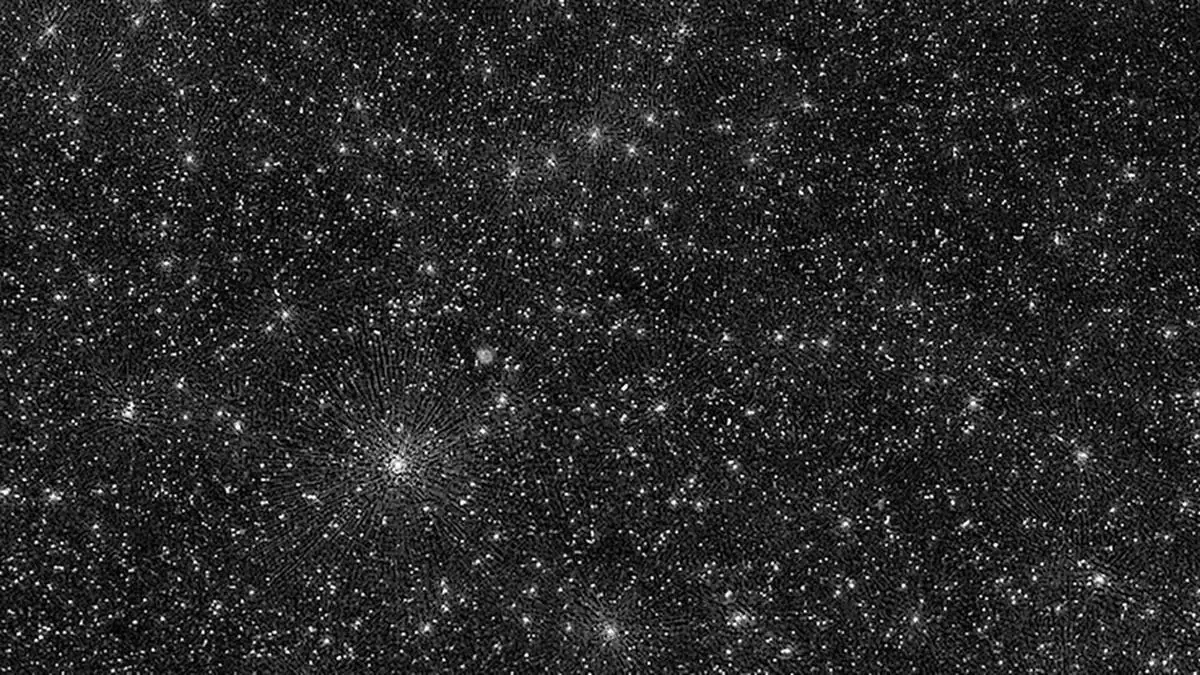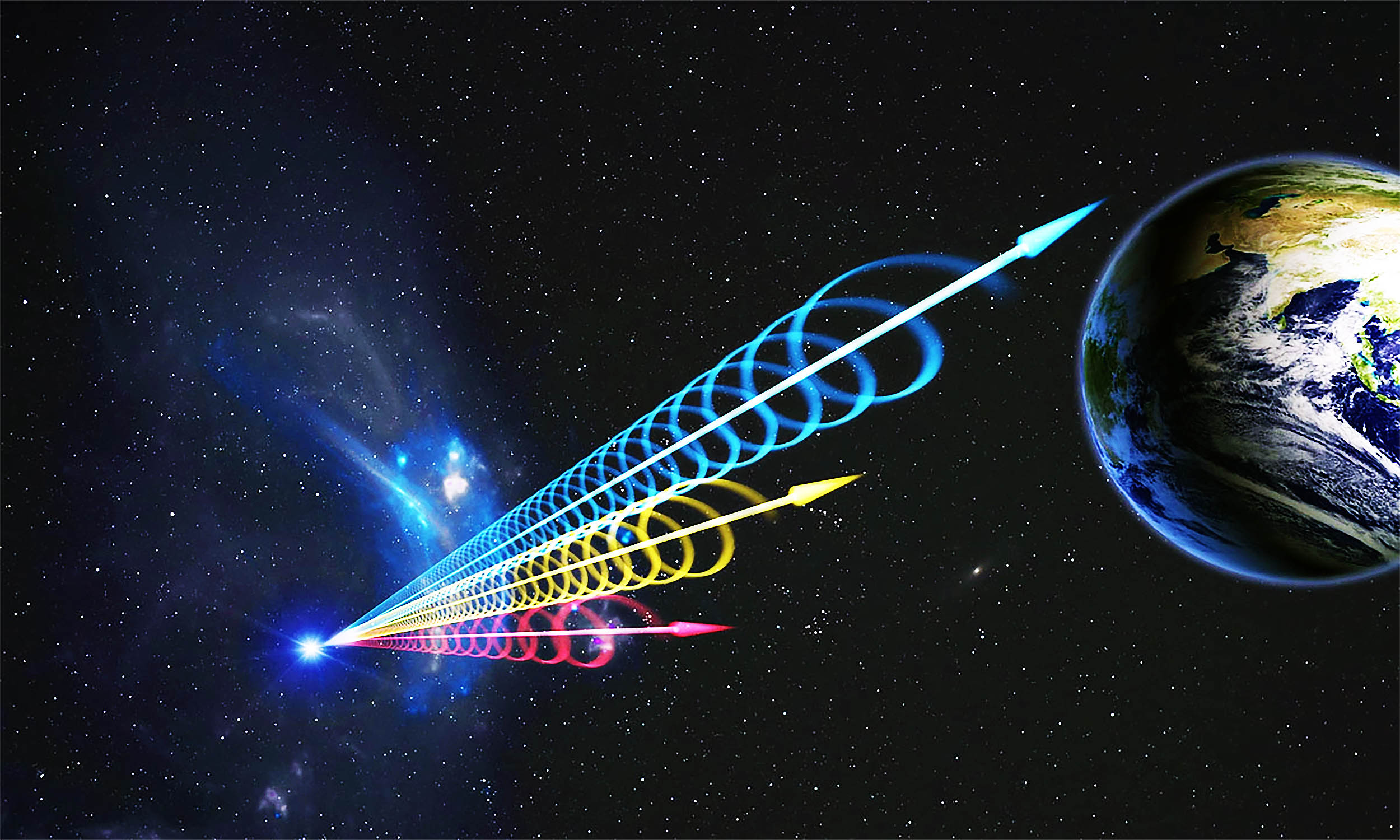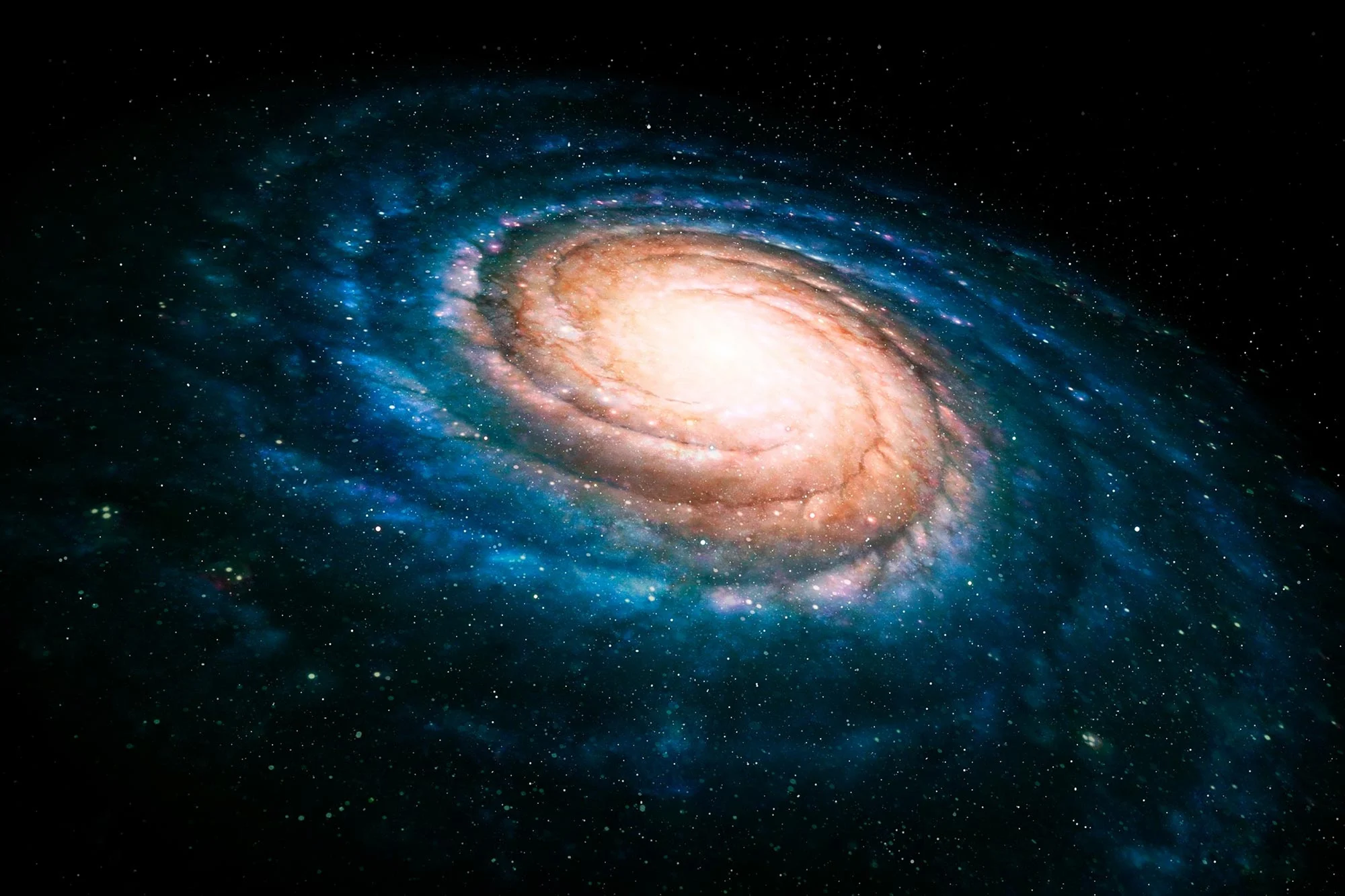Key takeaways:
- Astronomers created a remarkable map showing 25,000 supermassive black holes, detected not by light, but by the powerful radio waves emitted from their relativistic jets.
- The map was made possible using a network of 52 radio telescopes across Europe, known as LOFAR, which captured low-frequency radio signals from distant galaxies in the northern sky.
- Earth’s ionosphere distorts low-frequency radio waves, so researchers developed a supercomputer algorithm that corrected these distortions every four seconds during 256 hours of observation.
- The current map covers just 4% of the northern sky, but the astronomers aim to create a full atlas of supermassive black holes across the entire hemisphere.
- This study is another example of how advanced computer algorithms, like those used to capture the first black hole image in 2019, are revolutionizing our ability to observe the universe.
________________
25,000 Supermassive Black Holes Mapped in the Northern Sky
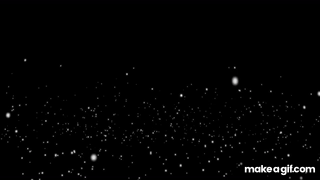
A team of international astronomers has created a stunning map of the night sky that reveals 25,000 supermassive black holes, instead of stars. These black holes, found at the centers of distant galaxies, were mapped using the Low Frequency Array (LOFAR), a network of 52 radio telescopes spread across Europe. The map covers about 4% of the northern hemisphere’s sky, and the researchers hope to eventually chart the entire northern sky.
Although black holes themselves don’t emit light, they can become visible when they interact with nearby matter. When a black hole consumes a star or another object, it creates an accretion disk, where material spins at high speeds around the black hole. This process generates intense magnetic fields, which can produce powerful jets of particles. These jets, known as relativistic jets, emit large amounts of radio waves, which astronomers can detect.
Mapping the Invisible
Led by Francesco de Gasperin from Universität Hamburg, Germany, the research team had to develop new techniques to capture this stunning map. “This is the result of many years of work on incredibly difficult data,” de Gasperin said. His team created algorithms to convert the low-frequency radio waves into detailed images of the sky.
The black holes mapped by LOFAR emit low-frequency radio waves, which are typically challenging to observe from Earth. Our planet’s ionosphere reflects and distorts radio signals below 30MHz, making it difficult for ground-based telescopes to detect them. As study co-author Reinout van Weeren of Leiden Observatory explained, “It’s similar to when you try to see the world while immersed in a swimming pool. The waves distort the view.”
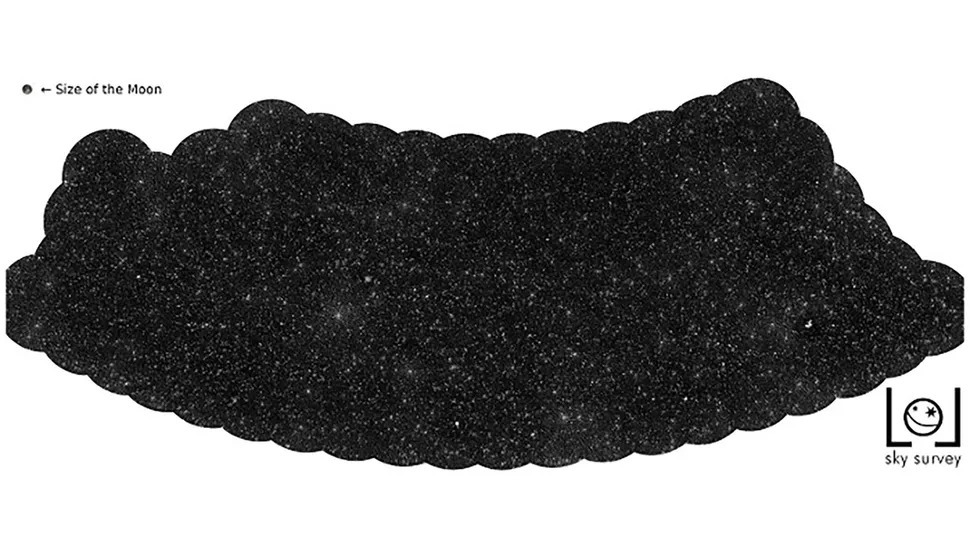
To overcome this challenge, the team developed a supercomputer algorithm that corrected for the ionosphere’s distortions every four seconds during their 256-hour observation period. This allowed them to produce a clear, accurate map of the supermassive black holes.
The Power of Algorithms in Astronomy
This achievement marks another milestone in the growing role of computer algorithms in astronomy. In fact, algorithms have been instrumental in some of the field’s biggest breakthroughs. For instance, in 2019, Katie Bouman developed the algorithm that stitched together data from the Event Horizon Telescope, producing the first-ever image of a black hole’s event horizon.
Huub Röttgering, the Scientific Director of Leiden Observatory and a co-author of the study, expressed his excitement about the success of their project: “After many years of software development, it is so wonderful to see that this has now really worked out.”
The map, which is part of a study set to be published in Astronomy & Astrophysics, represents only the beginning. As algorithms and computer power continue to improve, astronomers will gain even greater insights into the universe. In the future, the team hopes to expand the map, revealing even more of the hidden black holes that populate the cosmos.
